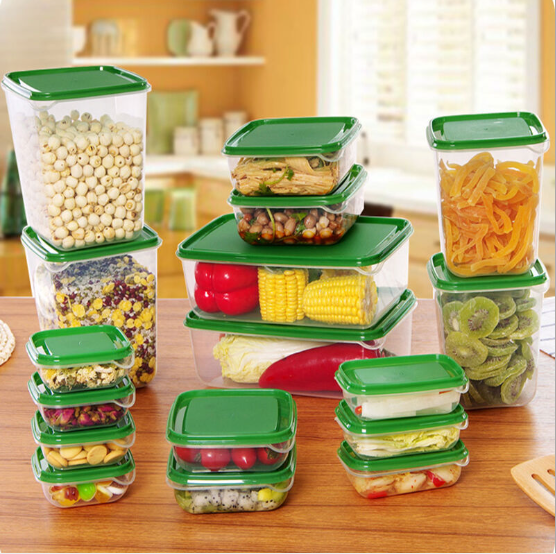Have you ever wondered how food storage bins keep your ingredients fresh for longer? In this article, we’ll delve into the science behind food storage and explore the mechanisms that enable these bins to extend the shelf life of your favorite foods.
Airtight Sealing
One of the primary mechanisms at play in food storage bins is airtight sealing. Many modern food storage containers are designed with specialized seals and locking mechanisms that create a tight barrier against the external environment. This seal prevents the exchange of air between the container and the surroundings, minimizing the exposure of your ingredients to oxygen.
Oxygen Deprivation
The reduction of oxygen exposure is critical for preserving the freshness of ingredients. Oxygen is a primary contributor to food spoilage and the growth of microorganisms like bacteria and molds. By depriving ingredients of oxygen, food storage bins inhibit the processes that lead to degradation, such as oxidation.
Moisture Control
Some food storage bins are equipped with moisture-control features. These bins maintain the optimal humidity level inside, which is crucial for certain ingredients. For example, vegetables like lettuce stay crisp when stored in a slightly humid environment, while dried goods like grains benefit from a dry atmosphere.
Temperature Stability
Certain food storage bins are designed to insulate against temperature fluctuations. These bins help maintain a stable environment, protecting ingredients from temperature extremes that can accelerate spoilage.
Conclusion
Food storage bins are not just containers; they are engineered to prolong the freshness of your ingredients. Through a combination of airtight sealing, oxygen deprivation, moisture control, and temperature stability, these bins play a crucial role in preserving the quality and safety of your food.
























